Name Masaru Emoto Role Author | Spouse Kazuko Emoto | |
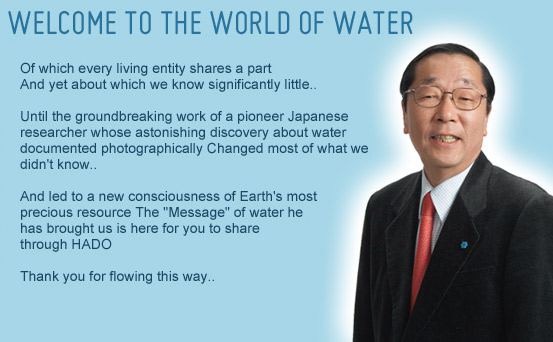 | ||
Died October 17, 2014, Tokyo, Japan Books The Hidden Message, The True Power of Water: He, The Secret Life of Water, The Miracle of Water, Mensajes del Agua | ||
Education Yokohama City University | ||
Masaru emoto s research on water death dr nemoto yasuyuki tokyo
Masaru Emoto (江本 勝, Emoto Masaru, July 22, 1943 – October 17, 2014) was a Japanese author, researcher, photographer and entrepreneur, who claimed that human consciousness has an effect on the molecular structure of water. Emoto's conjecture evolved over the years, and his early work explored his belief that water could react to positive thoughts and words, and that polluted water could be cleaned through prayer and positive visualization.
Contents
- Masaru emoto s research on water death dr nemoto yasuyuki tokyo
- Water consciousness intent dr masaru emoto
- Biography
- Ideas
- Scientific criticism
- Literary reception
- Books
- References
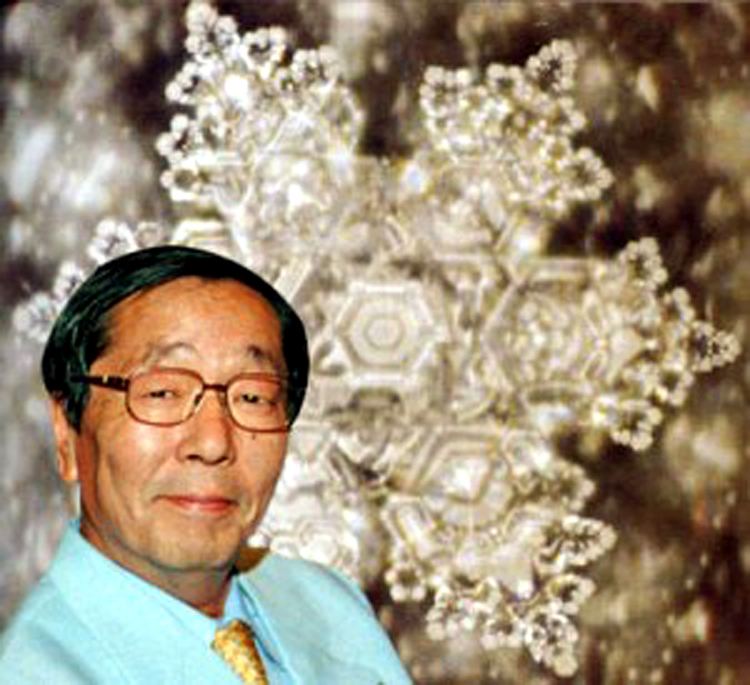
Since 1999, Emoto published several volumes of a work entitled Messages from Water, which contain photographs of ice crystals and their accompanying experiments. Emoto's ideas appeared in the movie What the Bleep Do We Know!?.
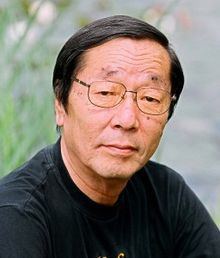
Water consciousness intent dr masaru emoto
Biography
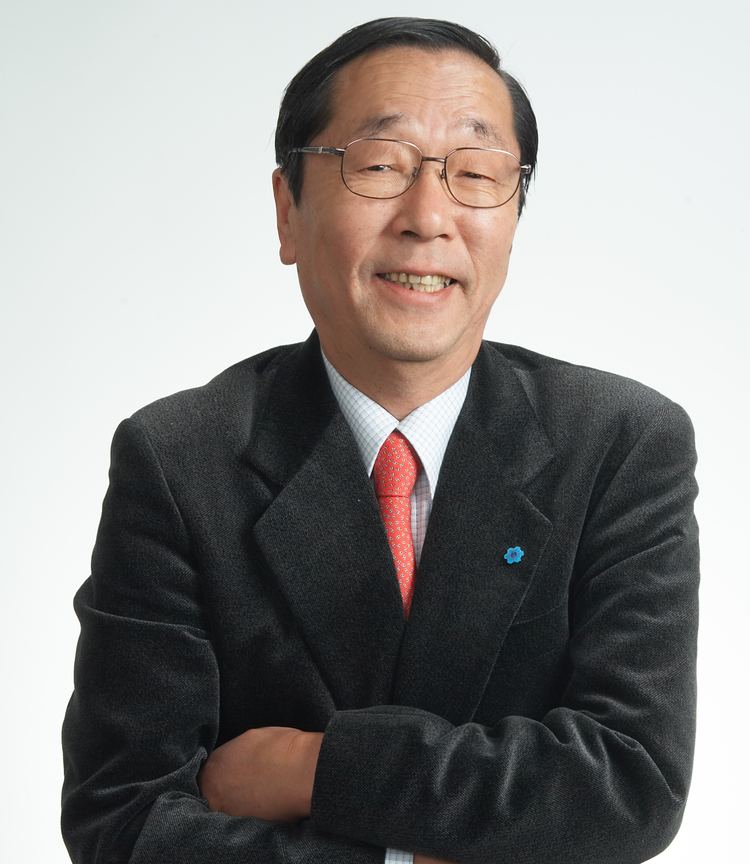
Emoto was born in Yokohama, Japan, and graduated from Yokohama Municipal University after taking courses in International Relations. In the mid-1990s, he began studying water in more detail.
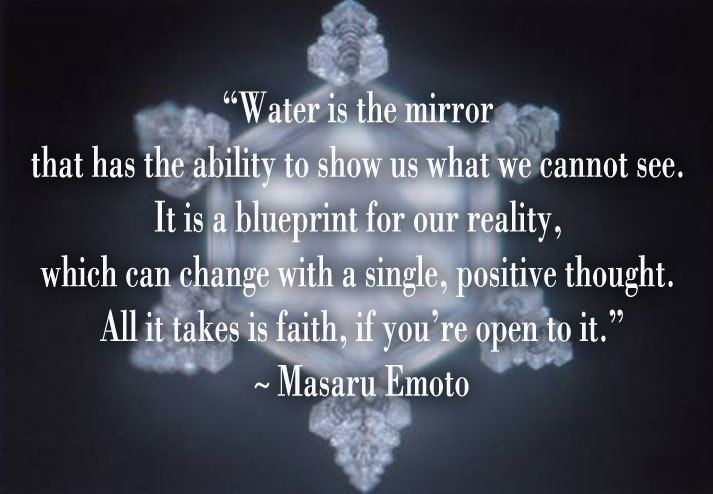
Emoto was President Emeritus of the International Water For Life Foundation, a non-profit organization based in Oklahoma City in the United States. In 1992, Emoto became a Doctor of Alternative Medicine at the Open International University for Alternative Medicine in India, a correspondence school.
Ideas
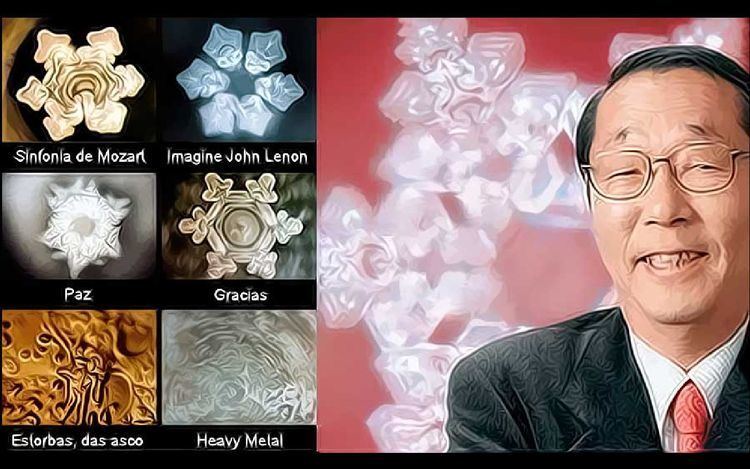
Emoto believed that water was a "blueprint for our reality" and that emotional "energies" and "vibrations" could change the physical structure of water. Emoto's water crystal experiments consisted of exposing water in glasses to different words, pictures or music, and then freezing and examining the aesthetic properties of the resulting crystals with microscopic photography. Emoto made the claim that water exposed to positive speech and thoughts would result in visually "pleasing" crystals being formed when that water was frozen, and that negative intention would yield "ugly" frozen crystal formations.
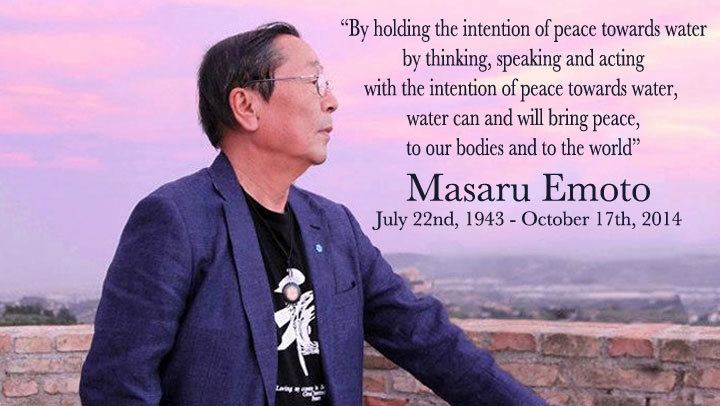
Emoto claimed that different water sources would produce different crystalline structures when frozen. For example, he claimed that a water sample from a mountain stream when frozen would show structures of beautifully-shaped geometric design, but those structures would be distorted and randomly formed if the sample were taken from a polluted water source. Emoto believed that these changes could be eliminated by exposing water to ultraviolet light or certain electromagnetic waves.
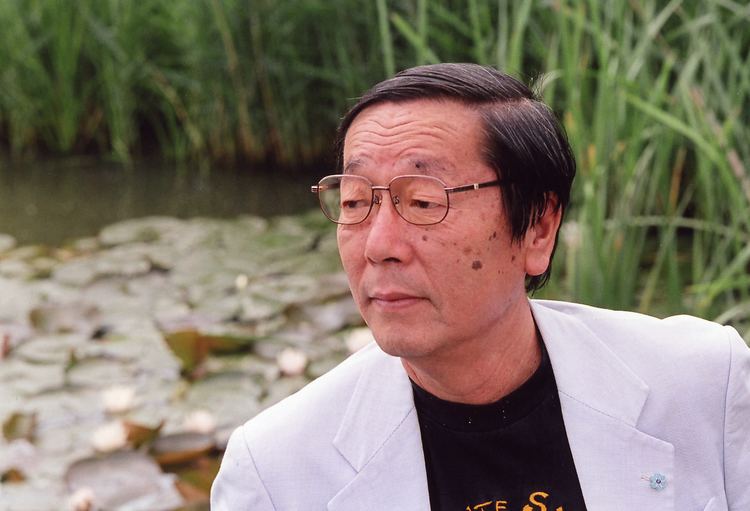
In 2008, Emoto published his findings in the Journal of Scientific Exploration, a peer reviewed scientific journal of the Society for Scientific Exploration. The work was conducted and authored by Masaru Emoto and Takashige Kizu of Emoto’s own IHM General Institute, along with Dean Radin and Nancy Lund of the Institute of Noetic Sciences, which is on Stephen Barrett's Quackwatch list of questionable organizations. In the experiment, more than 1,900 of Emoto's followers focused feelings of gratitude towards water stored in bottles, which was then frozen and its crystalline formations inspected. The gratitude-focused crystals were rated slightly more "beautiful" than one set of control crystals, and slightly less "beautiful" than the other controls. An objective comparison of the samples did not reveal any significant differences.
Scientific criticism
Commentators have criticized Emoto for insufficient experimental controls and for not sharing enough details of his approach with the scientific community. William A. Tiller, another researcher featured in the documentary What The Bleep Do We Know?, states that Emoto's experiments fall short of proof, since they do not control for other factors in the supercooling of water. In addition, Emoto has been criticized for designing his experiments in ways that leave them prone to manipulation or human error influencing the findings. Biochemist and Director of Microscopy at University College Cork William Reville wrote, "It is very unlikely that there is any reality behind Emoto's claims." Reville noted the lack of scientific publication and pointed out that anyone who could demonstrate such a phenomenon would become immediately famous and probably wealthy.
Writing about Emoto's ideas in the Skeptical Inquirer, physician Harriet A. Hall concluded that it was "hard to see how anyone could mistake it for science". Commenting on Emoto's ideas about clearing water polluted by algae, biologist Tyler Volk stated, "What he is saying has nothing to do with science as I know it." Stephen Kiesling wrote in Spirituality & Health Magazine, "Perhaps Emoto is an evangelist who values the message of his images more than the particulars of science; nevertheless, this spiritual teacher might focus his future practice less on gratitude and more on honesty."
Emoto was personally invited to take the One Million Dollar Paranormal Challenge by James Randi in 2003, and would have received US$1,000,000 if he had been able to reproduce the experiment under test conditions agreed to by both parties. He did not participate.
Literary reception
Emoto's book The Hidden Messages in Water was a New York Times best seller. Commenting on the book making the list, literary critic Dwight Garner wrote in The New York Times Book Review that it was one of those "head-scratchers" that made him question the sanity of the reading public, describing the book as "spectacularly eccentric." Publishers Weekly described Emoto's later work The Shape of Love as "mostly incoherent and unsatisfying".
